In ‘Children and Grief’ (Guilford Press, New York, 1996), Worden summarises the findings of the two year long Harvard bereavement study which charted the impact of the death of a parent on children. Worden states that children have ten needs to help them understand and deal with death.
For professionals seeking advice and guidance on child bereavement, we’ve condensed Worden’s research into the following guide to highlight the ten ways in which you can support a grieving child.
You can also download this guide in a PDF format here.
1 – Adequate Information
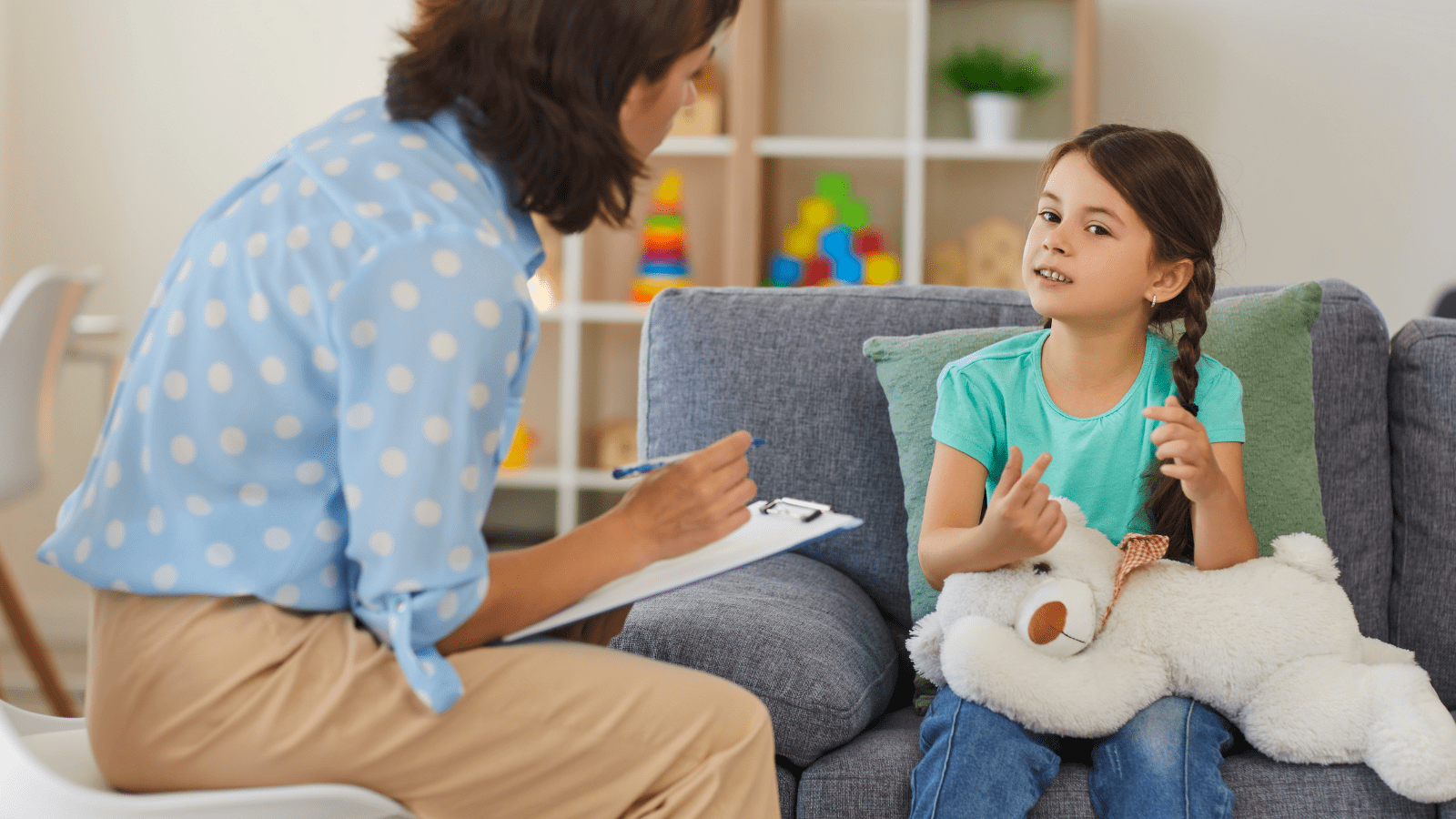
Children need clear information, shared in age-appropriate language. For instance, “He’s died” – rather than phrases such as “We’ve lost him”. It’s also important to give enough information without overwhelming a child, but sometimes the honest answer to a child’s question may be “I don’t know”, or “I can’t tell you just now”.
Sometimes with traumatic death, it may help to provide information in stages over weeks, months or even years. Giving simple facts at first (e.g. “Daddy died last night”), can be followed with more information later, perhaps prompted by the child’s questions.
Some key aspects of death may need to be repeatedly explained to younger children, in particular the finality of death, the fact that it is irreversible, and that people who are dead feel no cold, hunger or pain.
Some families have spiritual or religious beliefs about death. When talking about these matters, it’s helpful to separate what happens to someone’s body and their soul or spirit, while respecting the child and family’s views.
If at all possible, it’s helpful for children to be given some preparation if someone close to them has a terminal illness.
2 – Fears & Anxieties Addressed
2 – Fears & Anxieties Addressed
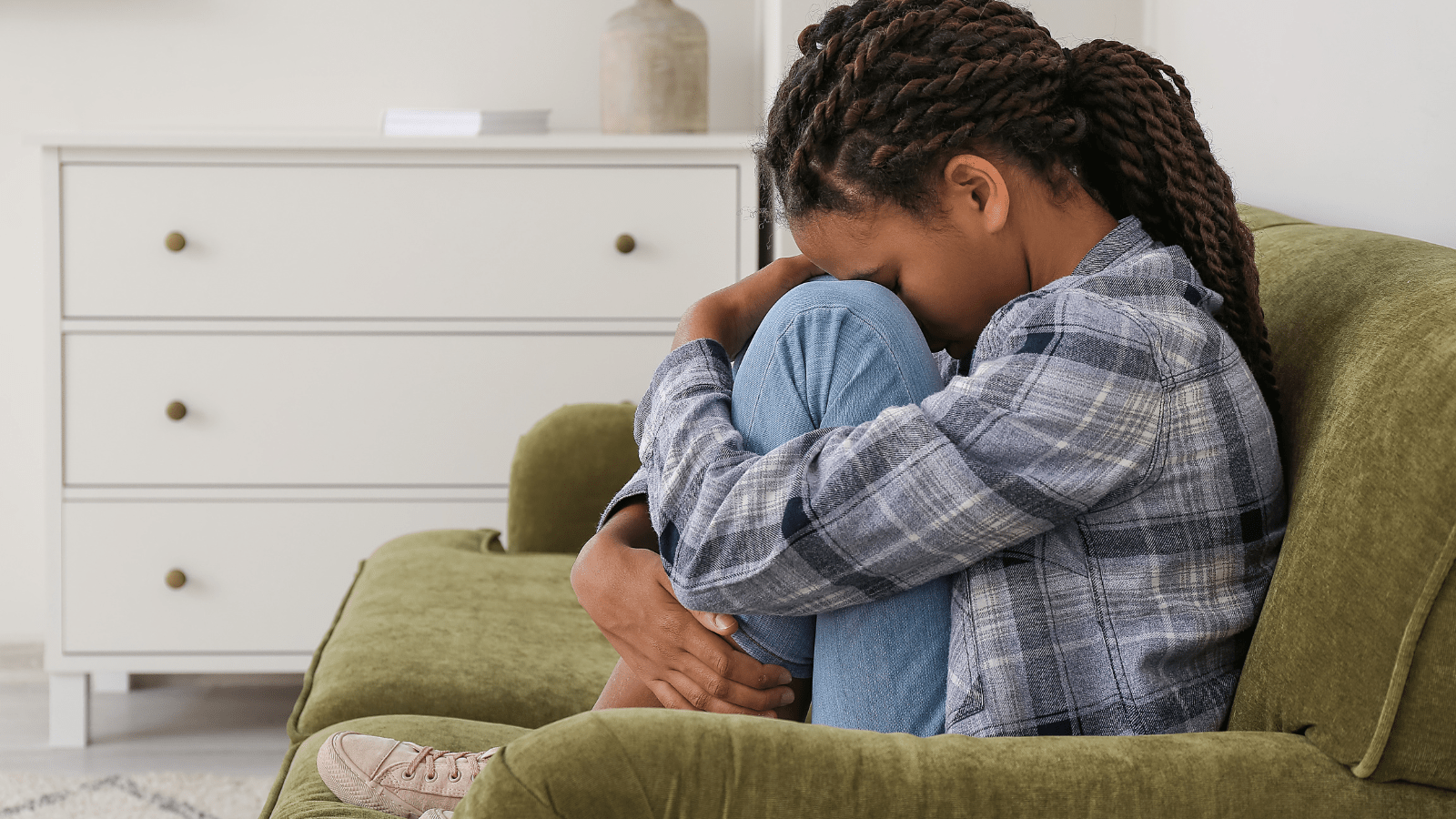
It’s a natural reaction to feel frightened following a death. Children may particularly fear that a surviving parent or carer will die or that they may die themselves. Sometimes a lack of understanding about a particular death or death in general may exacerbate these fears.
Fears are often worse at night, especially at bedtime or at other times of separation (e.g. when going to school or staying at someone else’s house). Giving the child something to look after, or something to look forward to, helps them to understand that the separation will be short.
It’s important to reassure wherever possible, but equally it’s important to be truthful. For example, a bereaved child who asks a surviving parent, “Will you die?”, will not easily accept a statement which offers false certainty, such as, “No, of course not.” This child already knows that parents can die, maybe in sudden and shocking ways. However, a suggestion that the surviving parent will probably live a long time (“Look at grandma, she is 87!”), and sharing plans about who would care for them in the unlikely event of early death, can be reassuring.
3 – Reassurance They Are Not To Blame
3 – Reassurance They Are Not To Blame
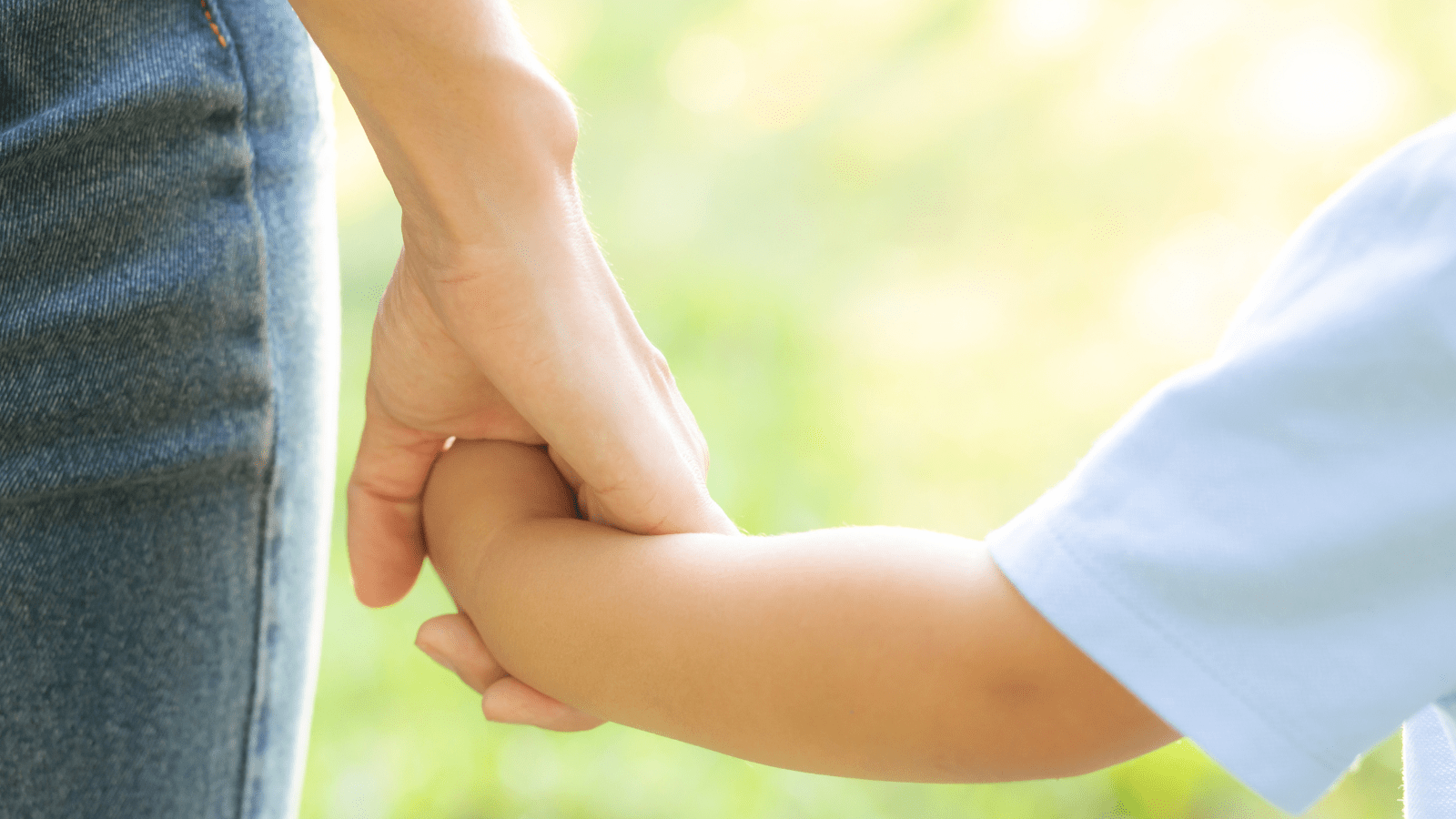
Young children are still learning the difference between things that they caused to happen and things that had nothing to do with them. For example, they naturally experience extremes of emotion and may connect an earlier angry tantrum with someone’s death. It may be necessary to give them clear, repeated messages that they are not to blame.
4 – Careful Listening & Watching
4 – Careful Listening & Watching
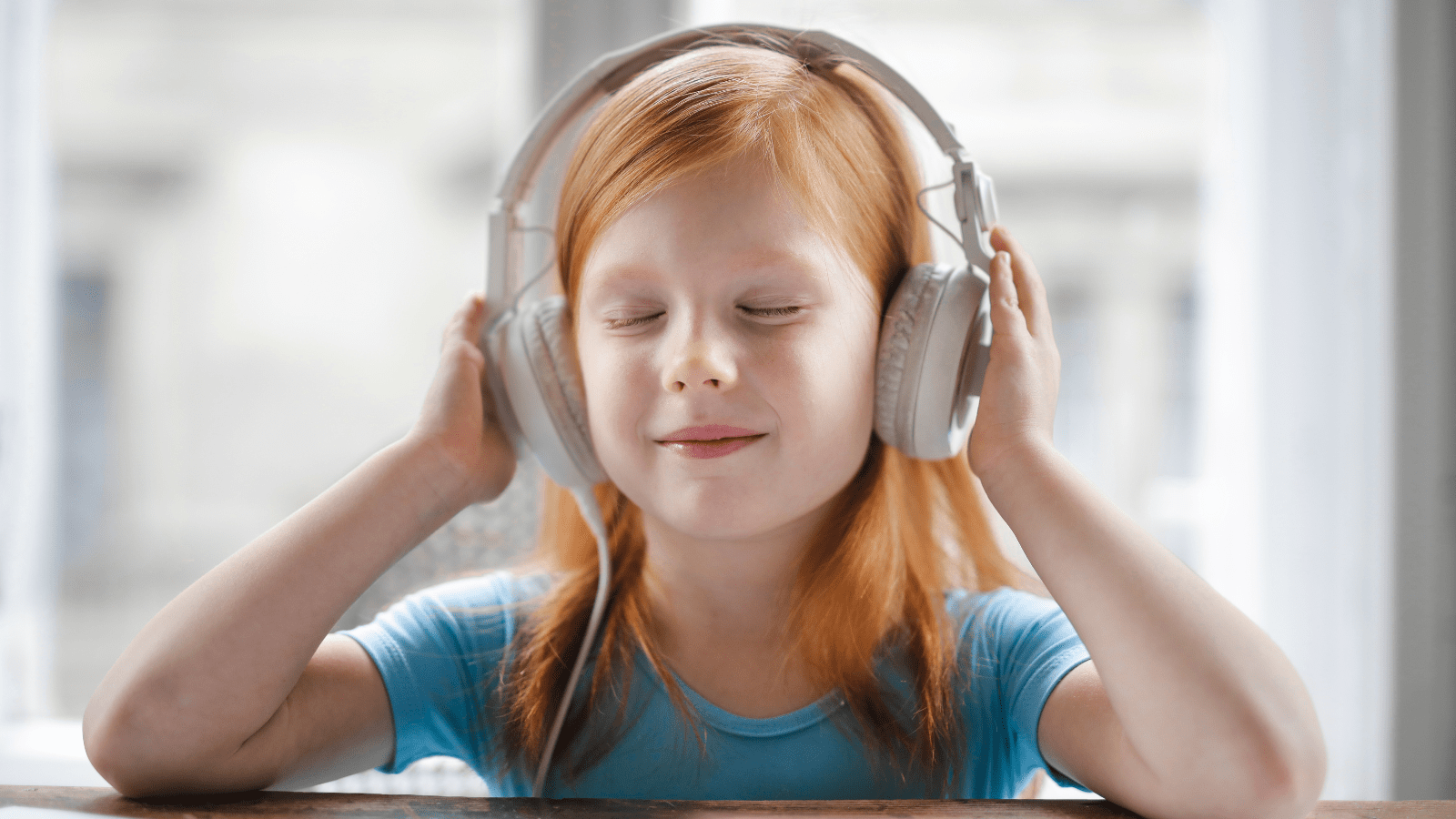
We all show our thoughts and feelings in many ways, not just by what we say. Children may express their feelings through their play, behaviour and the way they relate to others. They might not do things they used to enjoy, prioritise something that ‘daddy’ did, go quiet at a particular time, or make a big fuss about something that might appear insignificant.
Sometimes it can be helpful to find out what is behind a question. For instance, if a child asked: “What happened to John when he died?”, it might be worth saying: “I wonder what you think?” The child’s answer to this question may reveal what they wanted to know and help them to find their own resolution.
5 – Validation Of Their Feelings
5 – Validation Of Their Feelings
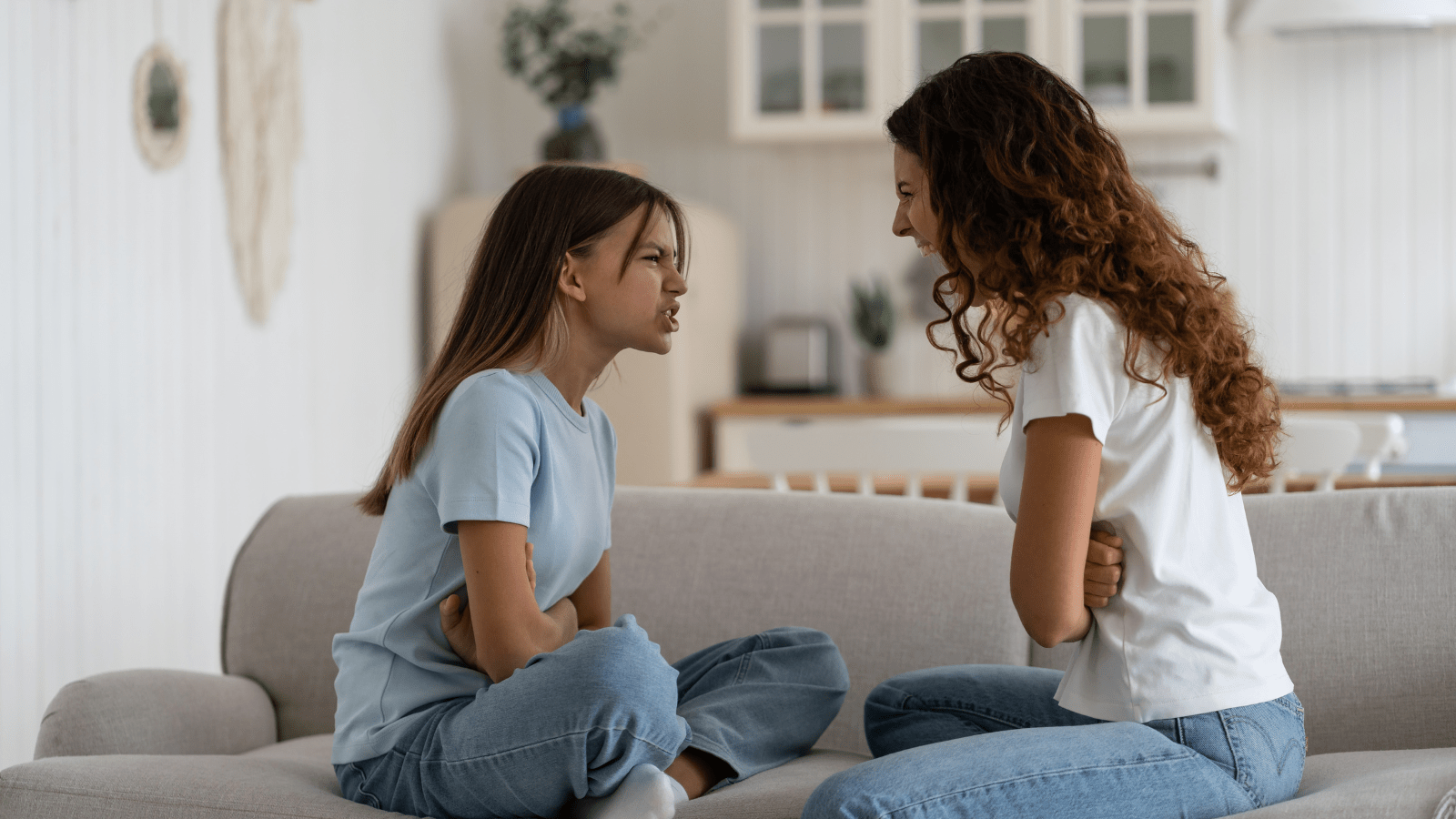
The Harvard Bereavement Study found that 2 years after death one quarter of children had been admonished for not showing enough feeling, whereas another quarter were told they shouldn’t still be grieving. This latter group included children who reported high levels of crying into the second year.
Given this, it’s important to remind children that both feelings and the expression of these feelings are unique. There is no one way to grieve. In fact, there are many ways to grieve.
It’s important to let a bereaved adult or child know that the death, however painful, is something they can talk about. Though, it’s not helpful to make comments like: “I know how you feel”, “You’ve got to be brave”, “You should try and forget it”, or “At least you’ve got another sister”. These all have the effect of stopping any real conversation about what has happened.
Sometimes validating a feeling, especially feelings of despair or deep pain, help us to move through those feelings, at least temporarily. When we believe it isn’t OK to feel something, our feelings can get locked away inside us. This may lead to difficulties in later life.
6 – Help With Overwhelming Feelings
6 – Help With Overwhelming Feelings

We all feel the need to protect ourselves from difficult or painful feelings. Sometimes young children want to pretend that something awful hasn’t happened, or at least forget about it for a while. It’s important to respect this need at the same time as providing an environment that encourages confidence to deal with difficult emotions.
Sometimes children will feel very angry, destructive, anxious, or withdrawn. Carers need to balance children’s need for consistent boundaries and expectations about their behaviour, with an acceptance that they may be less capable than you would ordinarily expect from a child of their age. For instance, they may temporarily go backwards with potty training or dressing themselves.
7 – Involvement & Conclusion
7 – Involvement & Conclusion

It’s important to involve children in acknowledging and commemorating a death. This may include visiting a sick person before death, seeing their body after death, involving them in the funeral and asking for their opinions about memorials. Seeing how death affects their family and friends will help them to feel less alone.
Even where families have clearly defined choices or traditions around death, a child may still be able to contribute something to a funeral or memorial.
8 – Continued Routine Activities
8 – Continued Routine Activities
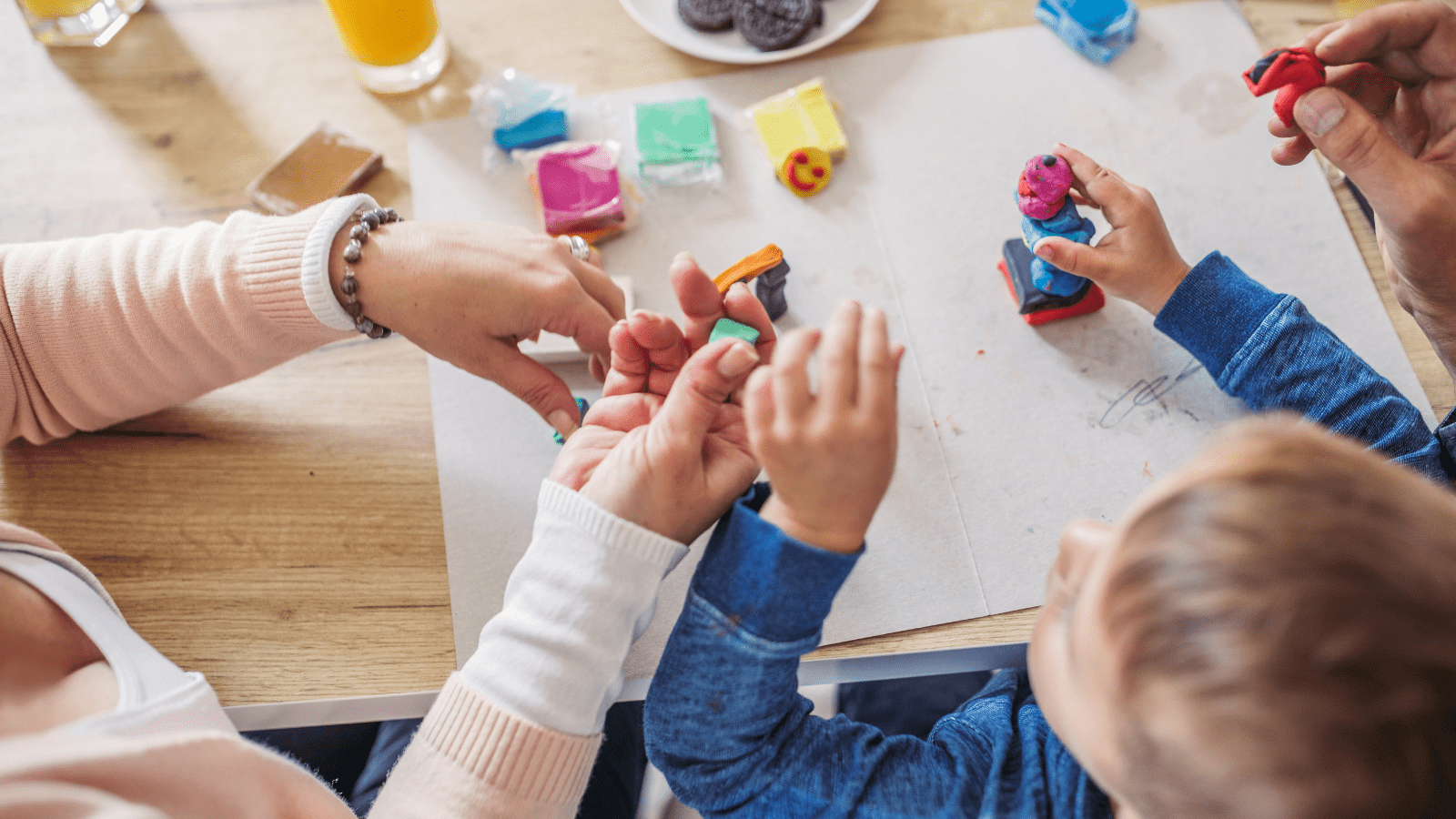
Children benefit from being able to continue routine, previously enjoyed activities and interests. It’s sometimes hard for adults to see children wanting to carry on with routine soon after a death. It’s natural for children to dip in and out of grief, and just as adults need to carry on with the normal routines of daily life, children must too.
Play may naturally include re-enactment of events surrounding the death or illness.
It’s especially important following traumatic loss to provide as much stability and continuity as possible. The death of someone close is often very frightening, which is why the child needs familiar activities and people to help them realise that, though life will never be the same, there are many things that will remain constant.
9 – Modelled Grief Behaviours
9 – Modelled Grief Behaviours
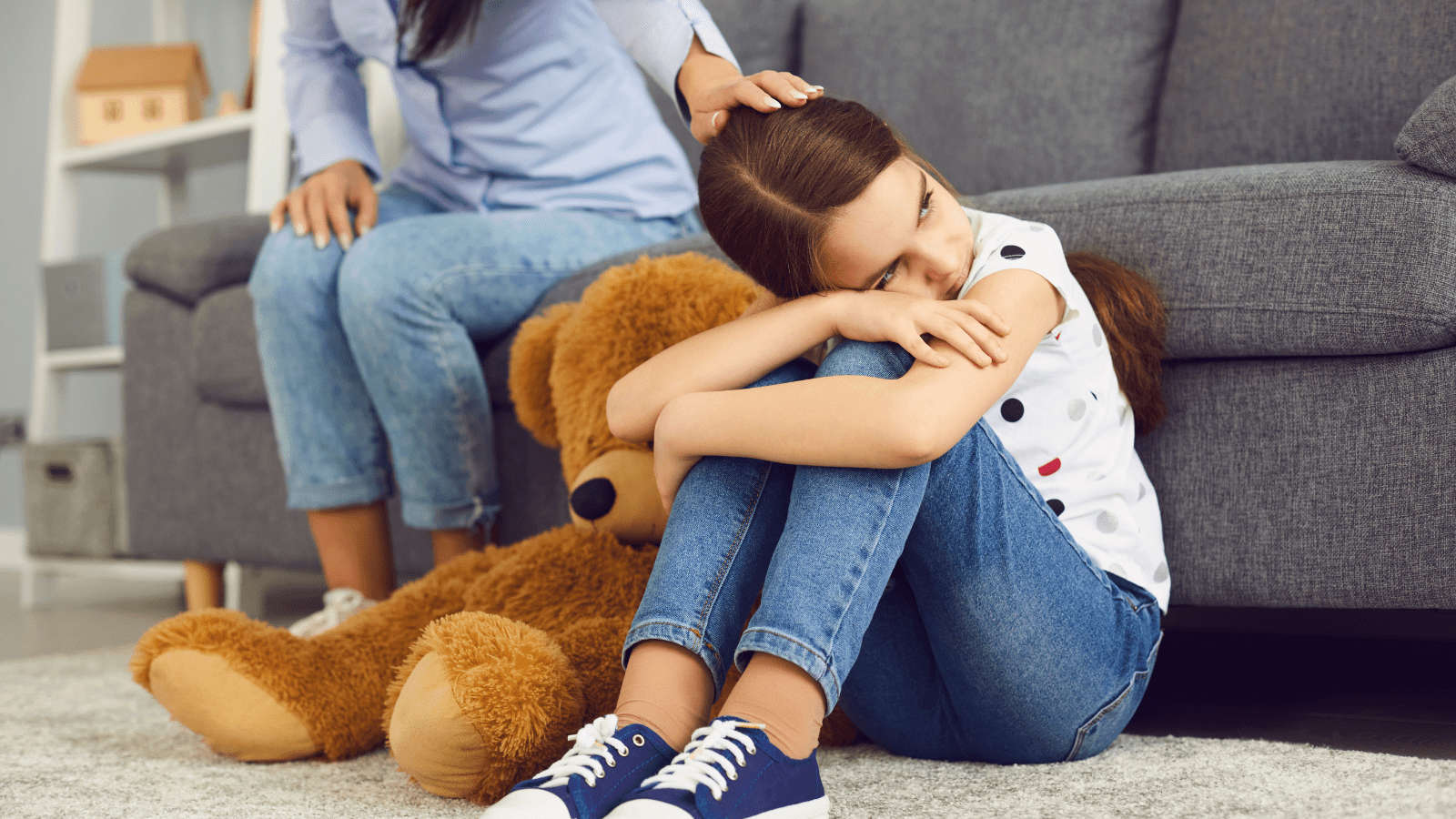
Children learn how to mourn by observing mourning behaviour in adults. Through sharing our own experience we can provide repeated opportunities for a child to make sense of and share their own feelings.
It’s important to be true to ourselves and open about our own feelings. At the same time it is important to be sensitive to a child’s needs when talking to them.
Adults can promote an environment where it is easy to talk about the deceased and to acknowledge good and bad memories. When talking about such things, it’s natural to feel sad. But it’s also important to acknowledge anger, guilt and fear, and do this in a way that does not overwhelm the child.
10 – Opportunities To Remember
10 – Opportunities To Remember

When someone who played a significant part in a child’s life dies there will be countless moments when the child is reminded of their absence. When a family is able to speak about the deceased naturally, it helps a child to make sense of their own reality. At the same time, it’s important to respect that any individual may need to protect themselves from pain.
Sometimes when significant events are on the horizon, it’s useful to plan in advance how the day will be spent. Families have found it helpful to do something in memory of the deceased at the beginning of special days, for example, looking at photos and talking about the person who has died. Such times can also be a good opportunity to remind children that it is OK to have fun, perhaps by saying something like: “I’m sure mummy would want you to enjoy today as much as possible, though we are bound to feel sad when we are missing her.”
Very young children who never met their deceased parent or sibling may not feel the need to ask questions about them – but older ones will. And as teenagers develop their own identity, it’s helpful for them to have a sense of where they came from. It’s much less painful for children to grow up with this knowledge than for them suddenly to discover it later on.
If you are concerned about the wellbeing of a young person following a bereavement, The Laura Centre is here to help. Reach out to our dedicated team to find out more.


